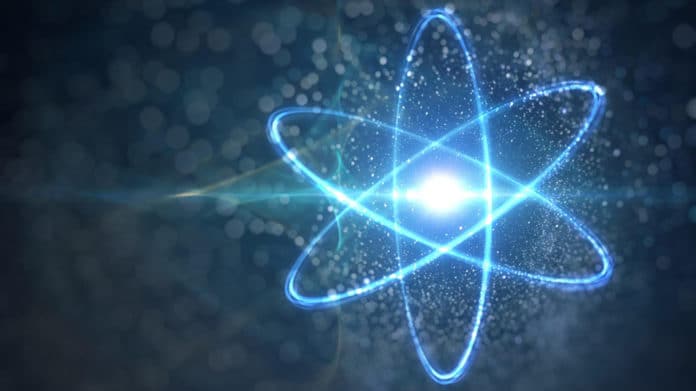A team of EPFL scientists and collaborators have developed a simple and cheap device for detecting neutrons. Scientists developed this neutron detector using perovskites that detect neutrons coming from radioactive materials.
The perovskite materials used in the study are lead- and bromine. Both contain single crystals of a compound called methylammonium lead tri-bromide.
To try and detect neutrons directly, the team first placed these crystals in the path of a neutron source. The neutrons, hitting the crystals, penetrate the nucleus of the atoms within the crystal, exciting them into a higher energy state. When they relax and decay, gamma rays are created. These gamma photons charge the perovskite, delivering a tiny current that can be estimated.
But, this current is so tiny. Something extra is needed to make a practical neutron detector. Hence, scientists used a thin foil of gadolinium metal, which is much better at absorbing neutrons than the naked perovskite crystal.
When neutrons interact with the Gadolinium’s atoms, they are excited into a higher energetic state and then emitting gamma radiation.
Compared to perovskites, Gadolinium can efficiently create gamma photons. Putting the two together was simple and very effective.
Scientists added a carbon electrode, and the resulting electrons produced in the perovskite were easy to measure.
Later, scientists grew the perovskite crystal around the foil to further improve this Perovskite neutron detector. These particular perovskites are remarkable because their crystal structure isn’t affected if they have a foreign body.
The detector can also measure the direction of the neutron flow and the size of the flow.
Márton Kollár, the chemist in the team, said, “The property of this material is such that it can engulf anything, from a fly to a crocodile to Gadolinium. So it grows around the object, and even when it grows around, it stays crystalline. So this is a fabulous feature of this material.”
Forró said, “It’s simple, it’s cheap, and it’s cost-effective. This is proof of principle that it works. And now we can think about configuration for a very efficient detector.”
Journal Reference:
- Pavao Andričević, Gábor Náfrádi et al. Hybrid halide perovskite neutron detectors. DOI: 10.1038/s41598-021-95586-3
